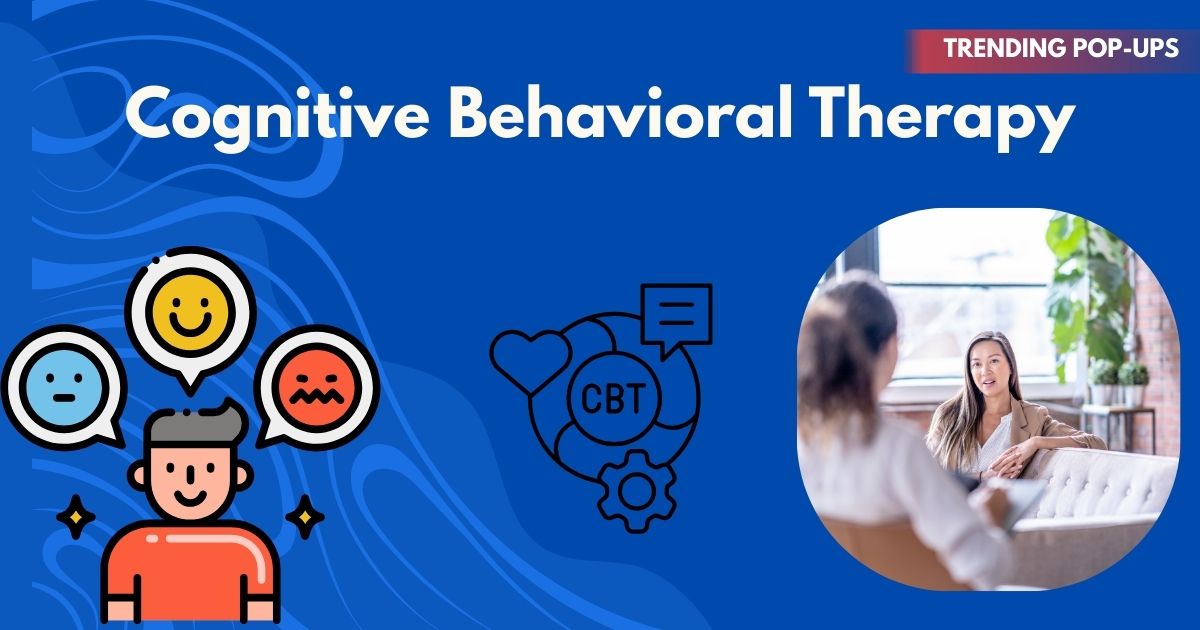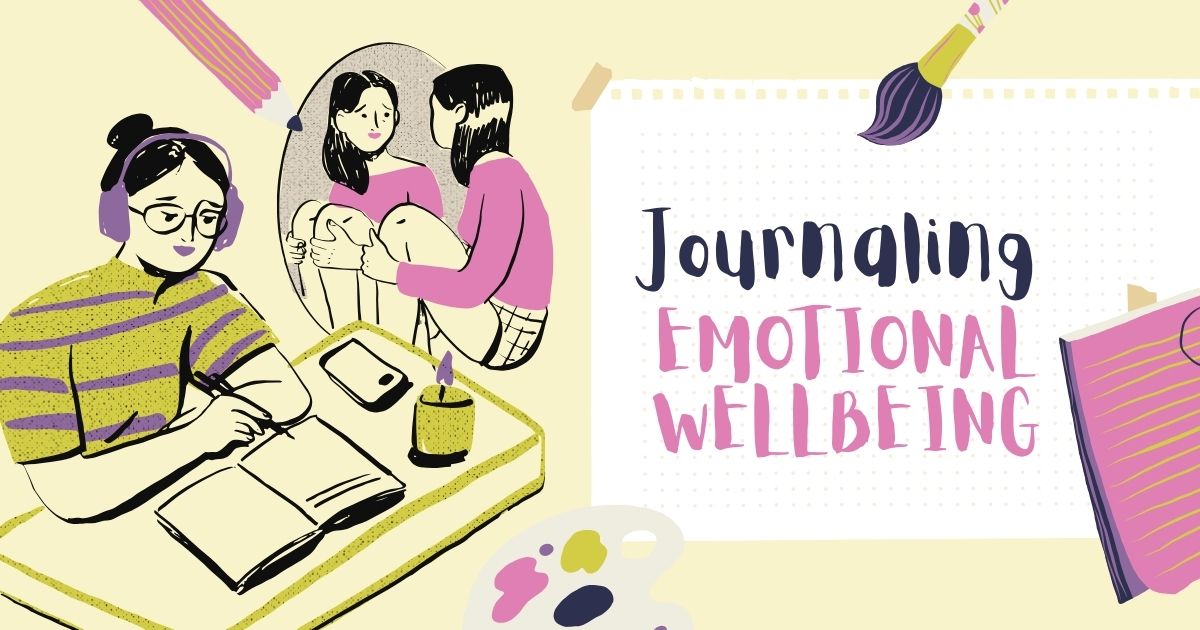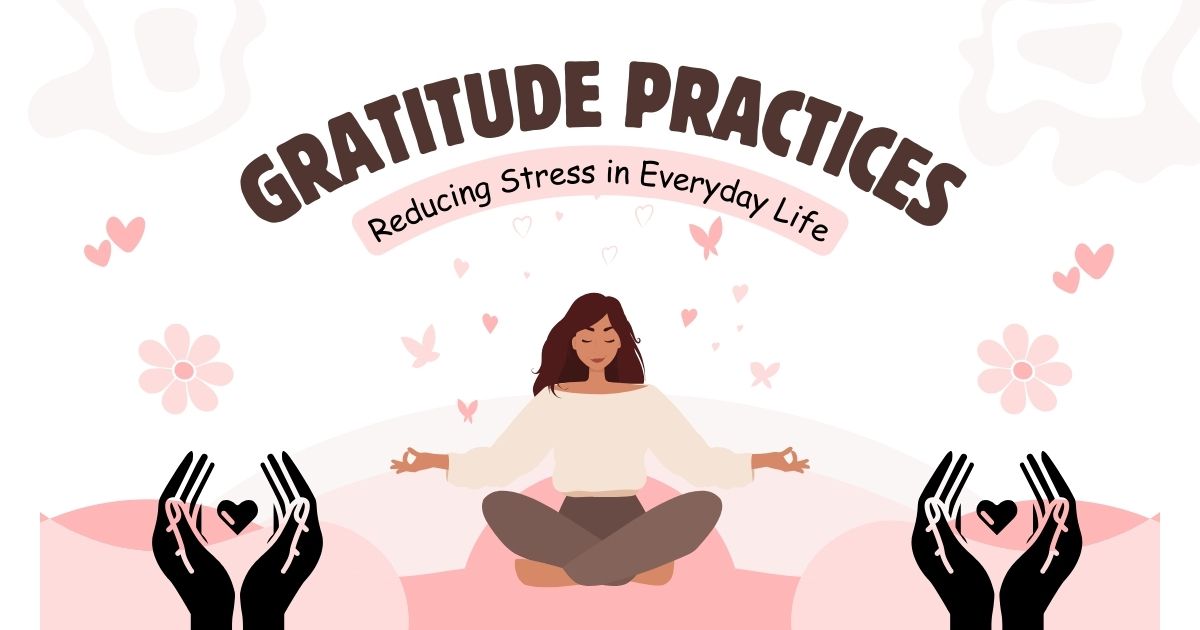Anxiety is one of the most common mental health challenges affecting millions worldwide. It can manifest as constant worry, racing thoughts, or even physical symptoms like a rapid heartbeat and shortness of breath. While medication and lifestyle changes can help, one of the most effective, evidence-based treatments for anxiety is Cognitive Behavioral Therapy (CBT).
CBT is a structured, goal-oriented form of psychotherapy that helps individuals identify and change negative thought patterns that fuel anxiety. In this article, we’ll explore how CBT can calm anxiety, how it works, and practical strategies you can use in your everyday life.
What Is Cognitive Behavioral Therapy (CBT)?
CBT is a short-term, solution-focused therapy that addresses the connection between thoughts, feelings, and behaviors. It is based on the principle that negative thought patterns can contribute to emotional distress and unhelpful behaviors, which in turn worsen anxiety.
By learning to recognize and challenge these thoughts, individuals can develop healthier coping mechanisms and regain a sense of control.
How CBT Works for Anxiety
CBT targets anxiety on both a cognitive (thoughts) and behavioral (actions) level:
-
Identifying Negative Thought Patterns
-
Example: “If I make a mistake at work, everyone will think I’m incompetent.”
-
CBT helps individuals recognize these distortions and view them more realistically.
-
-
Challenging Unhelpful Beliefs
-
Therapists guide clients to test the evidence for and against anxious thoughts.
-
Over time, this reduces the power of irrational fears.
-
-
Behavioral Experiments
-
CBT encourages people to gradually face feared situations in a safe, structured way.
-
This reduces avoidance and builds confidence.
-
-
Developing Coping Skills
-
Techniques like relaxation training, mindfulness, and problem-solving are integrated into daily routines.
-
CBT Techniques That Calm Anxiety
1. Cognitive Restructuring
This involves identifying distorted thinking patterns—such as catastrophizing, overgeneralizing, or all-or-nothing thinking—and replacing them with balanced perspectives.
Example: Instead of thinking, “I’ll fail this presentation,” reframe it as, “I may feel nervous, but I’ve prepared well and can handle it.”
2. Exposure Therapy
Avoidance feeds anxiety. CBT uses gradual exposure to feared situations, reducing sensitivity over time.
Example: Someone with social anxiety may start by initiating small conversations before progressing to public speaking.
3. Relaxation and Breathing Exercises
CBT often integrates deep breathing, progressive muscle relaxation, or mindfulness to reduce physical symptoms of anxiety.
Example: Practicing the 4-7-8 breathing technique before a stressful meeting can lower anxiety levels.
4. Behavioral Activation
Anxiety often leads to withdrawal. CBT encourages engaging in enjoyable or meaningful activities to boost mood and reduce worry.
Example: Scheduling a daily walk, social time with friends, or pursuing hobbies can counteract anxious avoidance.
5. Journaling and Thought Records
Writing down anxious thoughts, triggers, and alternative responses helps individuals gain perspective and track progress.
Example: Noting when anxious thoughts arise and rating their intensity can reveal patterns and progress over time.
Why CBT Is Effective for Anxiety
-
Evidence-Based: Research consistently shows CBT as one of the most effective therapies for anxiety disorders, including generalized anxiety disorder, panic disorder, and social anxiety.
-
Skill-Building: CBT empowers individuals with lifelong tools rather than temporary relief.
-
Personalized: CBT is tailored to individual needs, making it flexible and practical.
-
Short-Term: Many people experience significant improvements in 12–20 sessions.
How to Incorporate CBT Into Daily Life
Even without formal therapy sessions, you can practice CBT-inspired strategies daily:
-
Challenge negative thoughts: Ask yourself, “What evidence supports this thought?”
-
Practice exposure: Face small fears regularly to build resilience.
-
Stay mindful: Notice anxious thoughts without judgment.
-
Keep a journal: Track triggers, thoughts, and positive coping strategies.
-
Use relaxation techniques: Incorporate deep breathing or meditation into your routine.
When to Seek Professional Help
While self-help strategies are valuable, working with a licensed CBT therapist provides guidance, accountability, and personalized strategies. Seek help if:
-
Anxiety interferes with daily life.
-
Symptoms persist despite lifestyle changes.
-
You feel overwhelmed or unable to cope on your own.
The Bottom Line
Anxiety doesn’t have to control your life. CBT (Cognitive Behavioral Therapy) offers a proven, practical, and empowering approach to calming anxiety by helping you reframe negative thoughts, change behaviors, and develop healthy coping mechanisms. With practice and support, CBT can bring long-lasting relief and restore peace of mind.
Also Read : No Gym, No Problem: The Best At-Home Workouts
FAQs
1. How long does CBT take to work for anxiety?
Many people see improvements within 8–12 sessions, though more complex cases may require longer treatment.
2. Is CBT better than medication for anxiety?
CBT and medication can both be effective. CBT often provides longer-lasting benefits because it equips you with practical coping skills, while medication may be more immediate. A combination of both is sometimes recommended.
3. Can I practice CBT on my own?
Yes. Self-help CBT books, apps, and journaling exercises can be helpful, but working with a therapist typically leads to better outcomes.
4. Is CBT effective for all types of anxiety?
Yes. CBT is widely used for generalized anxiety disorder, panic disorder, phobias, and social anxiety. Techniques are adapted to suit each condition.
5. What is the biggest benefit of CBT for anxiety?
The main benefit is gaining control over anxious thoughts and learning practical strategies that can be used for life, even after therapy ends.



